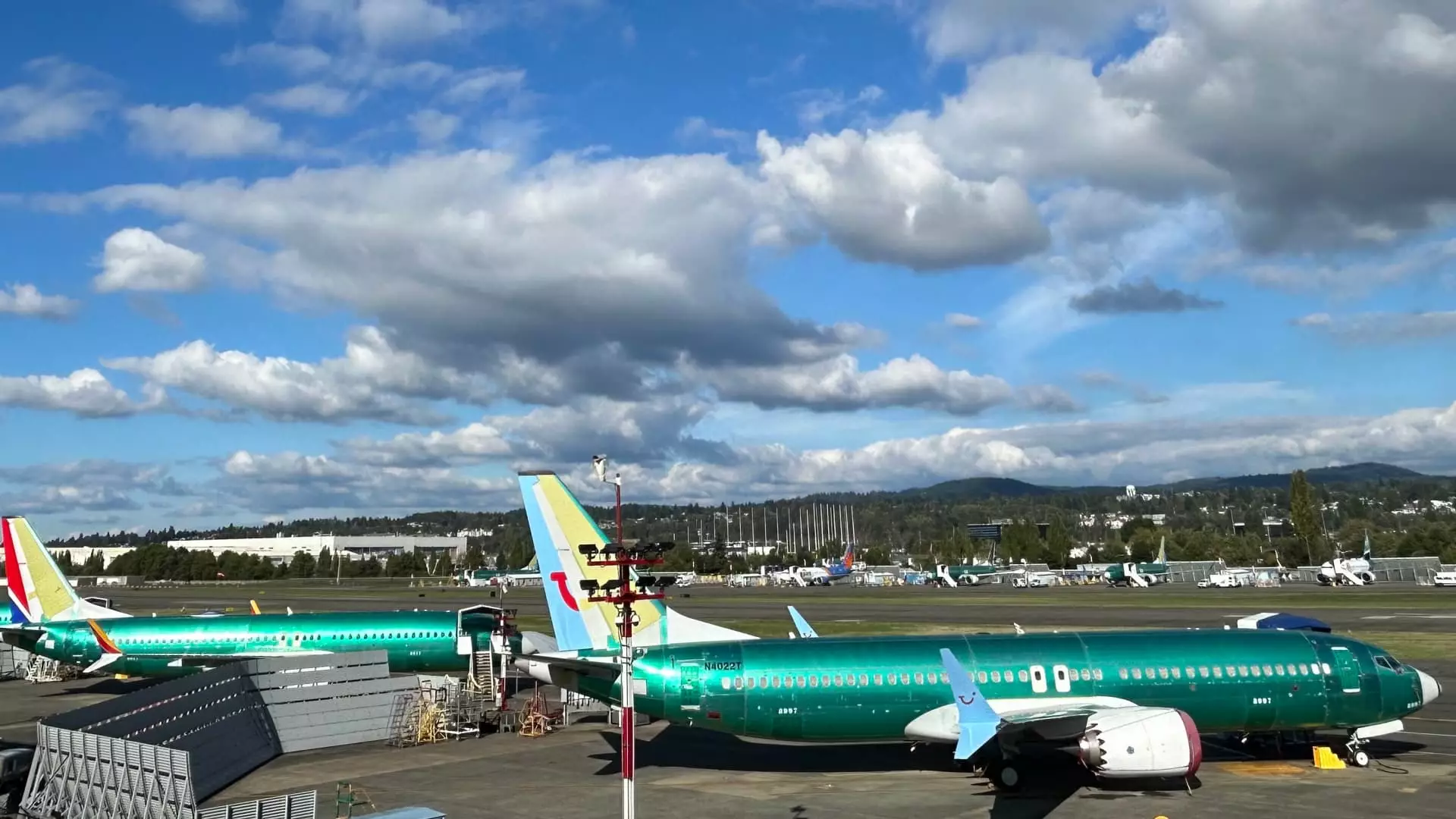The iconic Air Force One is not just a means of transportation for the President of the United States; it is a symbol of national prestige and power. Recently, President Donald Trump has voiced his dissatisfaction regarding the delays in the delivery of two Boeing 747s intended to replace the aging Air Force One fleet. These jets are not only crucial for presidential travel but also represent a significant investment of approximately $4 billion—negotiated during Trump’s first term. With over $2 billion in cost overruns reported, the future of these aircraft hangs uncertainly, raising questions about accountability, efficiency, and the implications of high-stakes contracts in the defense sector.
Trump’s concerns echo a broader frustration felt by various aviation stakeholders, particularly with Boeing’s track record in recent years. The delivery of commercial and military aircraft has faced unprecedented roadblocks, culminating in notable delays just as global travel demand began to soar post-pandemic. In what seems to be a perpetual state of crisis management, Boeing’s leadership has shifted multiple times, reflecting deeper organizational challenges that have plagued the manufacturer.
Despite these hurdles, a flicker of hope emerges from Boeing’s recent pivot toward recovery under the guidance of its current CEO, Kelly Ortberg. Speaking at a Barclays industrials conference, Ortberg acknowledged the President’s dissatisfaction and revealed the involvement of high-profile figure Elon Musk. Musk’s collaboration with Boeing may seem unexpected, considering his dual role as the CEO of SpaceX—an existing competitor in the aerospace industry. However, his innovative approach could be a game-changer in streamlining the aircraft’s development timeline.
The partnership between Boeing and Musk has stirred curiosity in both political and corporate spheres. Musk is known for his ability to identify obstacles and expedite processes in highly complex environments. Ortberg has commended Musk as a “brilliant guy,” indicating that his input may help Boeing navigate through “non-value-added constraints” that hinder timely delivery. This collaboration highlights an important trend in modern industries: the increasing importance of agility and adaptability, even amongst legacy companies entrenched in traditional practices.
Trump’s recent remarks aboard a current Air Force One suggest that he is exploring alternative arrangements if delays persist. This contemplation could indicate a significant shift in how the federal government interacts with contractors—making it clear that the administration prioritizes efficiency and accountability, which could have long-term ramifications if executed successfully.
Beyond the political ramifications, the challenges faced by Boeing have cascading effects on commercial airlines. Industry executives have openly criticized the delays, as they grapple with increasing consumer demand amidst a turbulent supply chain landscape. However, recent sentiments shared at the Barclays conference illustrate a gradual turnaround; companies like United Airlines and Southwest Airlines are beginning to regain confidence in Boeing’s ability to manage production, particularly with their flagship aircraft, the 737 Max.
While there is progress, it is essential to remain vigilant and recognize that the recovery process may still be in its infancy. Executives must address the fundamental issues that led to these delays and inefficiencies; otherwise, the specter of past failures will loom large over Boeing, potentially jeopardizing future contracts and partnerships.
Ultimately, the saga of Air Force One serves as a lens through which the intricate dynamics of the aerospace industry can be examined. From the stark realities of contract management to the necessity for innovative collaborations, it underscores the importance of accountability in high-stakes governmental projects. As Boeing grapples with its challenges, the involvement of disruptive innovators like Musk may signal a shift toward a more responsive and agile approach in tackling prolonged delays. In a rapidly evolving global environment, the quest for a timely delivery of new Air Force One aircraft represents a microcosm of the broader issues at play—balancing tradition with transformation, and expectations with realities in the face of unprecedented challenges.


Leave a Reply